Ilsong Kalguksu (일송칼국수)
2.2Km 2021-03-18
44, Seonggyungwan-ro, Jongno-gu, Seoul
+82-2-765-0880
This is a Korean cuisine located in Jongno-gu, Seoul. A store serving dishes at low prices. The best menu at this restaurant is noodle soup with clams.
Haengbokan Kongiyagi (행복한콩이야기)
2.2Km 2021-03-22
89-11, Supyo-ro, Jongno-gu, Seoul
+82-2-2274-2247
A hidden restaurant frequented by workers in Jongno. This restaurant's signature menu is bean sprout and rice soup. This Korean dishes restaurant is located in Jongno-gu, Seoul.
Olive Young - Donam Branch [Tax Refund Shop] (올리브영 돈암점)
2.2Km 2024-06-27
39, Dongsomun-ro 22-gil, Seongbuk-gu, Seoul
-
CheongKwanJang - Euljiro Branch [Tax Refund Shop] (정관장 을지로)
2.2Km 2024-04-18
1F, 103, Eulji-ro, Jung-gu, Seoul
-
Cheongchun Theater (청춘극장)
2.2Km 2021-03-29
112-5, Haengdang-ro, Seongdong-gu, Seoul
+82-2-2294-6995
It is a restaurant frequented by many celebrities. The best menu at this restaurant is grilled back ribs. This Korean dishes restaurant is located in Seongdong-gu, Seoul.
Yujin Sikdang (유진식당)
2.2Km 2021-03-29
40, Jong-ro 17-gil, Jongno-gu, Seoul
+82-2-764-2835
It is a restaurant in Jongno where people wait in line to enjoy its dishes. This restaurant's signature menu is Pyeongyang cold buckwheat noodles. This Korean dishes restaurant is located in Jongno-gu, Seoul.
Namsangol Hanok Village (남산골한옥마을)
2.2Km 2025-07-14
28 Toegye-ro 34-gil, Jung-gu, Seoul
Namsangol Hanok Village opened in 1998 on the northern side of Namsan Mountain in the center of the capital. This village has five restored hanok (traditional Korean house) premises, a pavilion, a traditional garden, a performance art stage, and a time capsule plaza, making it a perfect spot for locals and tourists to take a leisure walk. Upon entering from the front gate, visitors will get a taste of Korea's traditional life while escaping from bustling city life. The traditional garden with its pavilion and old houses creates a peaceful ambiance before the forested Namsan Mountain. A time capsule commemorating Seoul’s 600th anniversary was buried in 1994 at the highest point of the village and is scheduled to be reopened 400 years later in 2394.
The five hanok premises at Namsangol Hanok Village once belonged to aristocrats and government officials of the Joseon dynasty. Each house was originally located in a different neighborhood, but they were all moved to this area and restored to their original form. The houses were rebuilt using their original materials, except for one house, where the materials were too old and deteriorated to be reused. The premises were carefully restored and replicated according to their original form to depict the owners’ social class and personality. These buildings are now used as an exhibit to portray the living environment during the Joseon dynasty and as a venue for educational and cultural programs for children and tourists.
Some of the unique programs and activities to participate in include wearing hanbok, folding hanji (traditional Korean paper), writing in Korean, traditional tea ceremony, traditional etiquette school, and herbal medicine experience. There are also taekwondo demonstrations and other various performances held around the village. Visitors can also try traditional games such as yunnori (traditional board game), or understand more about the area through a guided tour.
Yeojingop (여진곱)
2.2Km 2021-03-19
430, Samil-daero, Jongno-gu, Seoul
+82-2-762-5157
A gopchang (intestine) restaurant located near Nakwon Music Mall. The best menu at this restaurant is beef small intestine hot pot/pork small intestine hot pot. This is a Korean cuisine located in Jongno, Seoul.
Tapgol Park (탑골공원)
2.2Km 2024-03-04
99, Jong-ro, Jongno-gu, Seoul
+82-2-731-0534
Tapgol Park is the first modern park in Seoul. Having been the site of the Buddhist temple of Wongaksa Temple since 1467, the land was turned into a park in 1897. The park has a significant presence in Korean history, being the place where the March 1 Independence Movement began in 1919. One can find historical sites that hearken back to the struggle, such as the Palgakjeong Pavilion, the center of the movement; cultural heritage sites such as the Ten-story Stone Pagoda of Wongaksa Temple Site and the Stele for the Construction of Daewongaksa Temple at Wongaksa Temple Site; and monuments such as the independence movement relief plate, murals, the statue of Son Byeong-hee, and the statue of Han Yong-un.
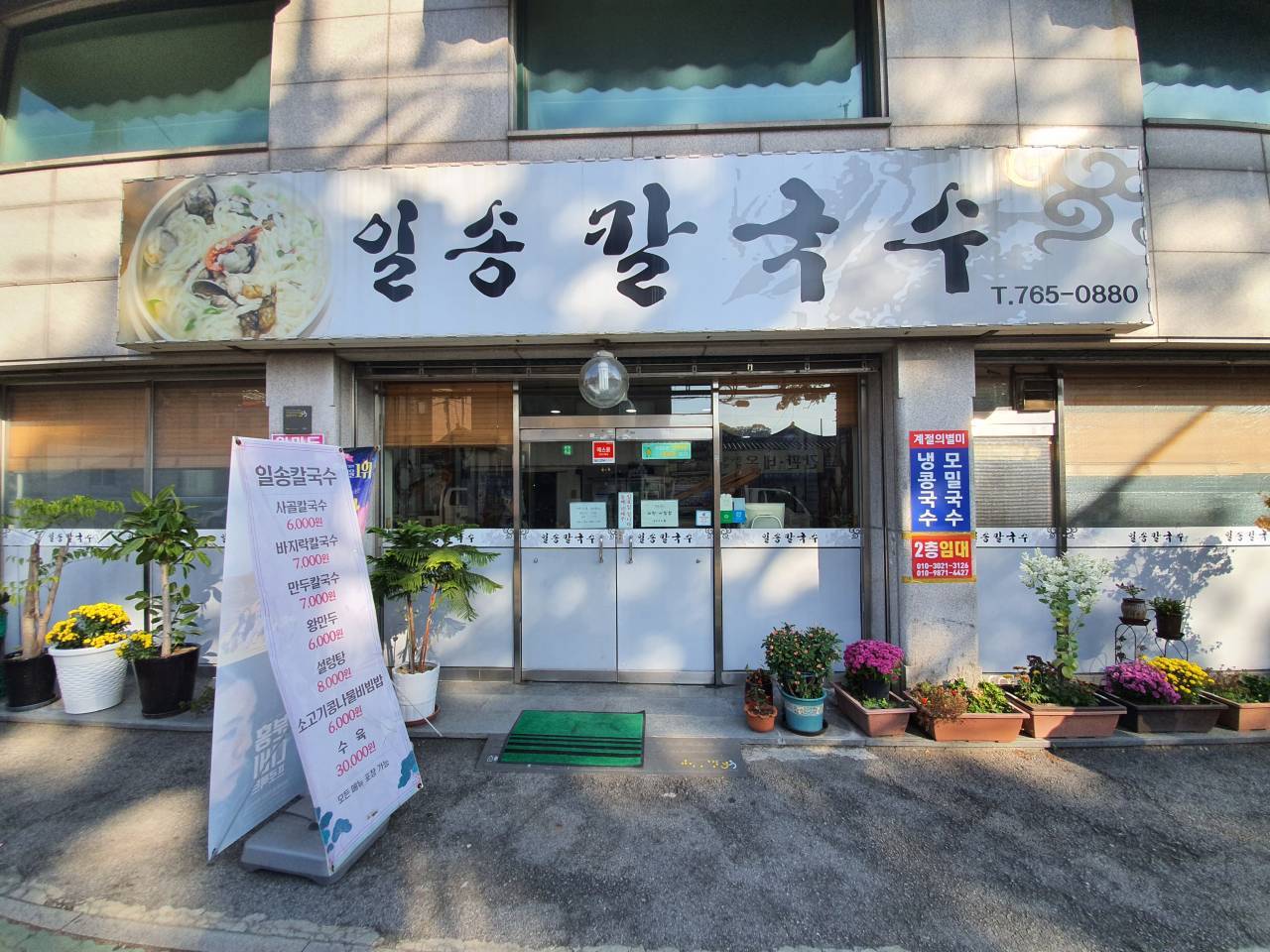
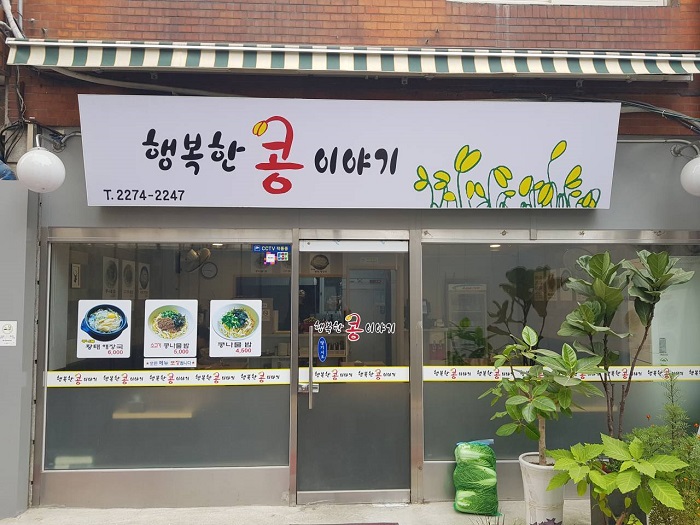

![Saeki P&C [Tax Refund Shop] (세기피앤씨)](http://tong.visitkorea.or.kr/cms/resource/68/2878668_image2_1.jpg)
![CheongKwanJang - Euljiro Branch [Tax Refund Shop] (정관장 을지로)](http://tong.visitkorea.or.kr/cms/resource/59/2878659_image2_1.jpg)
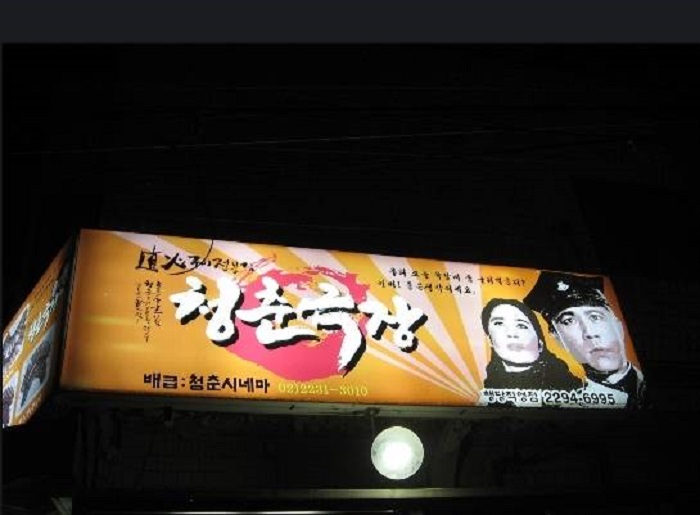
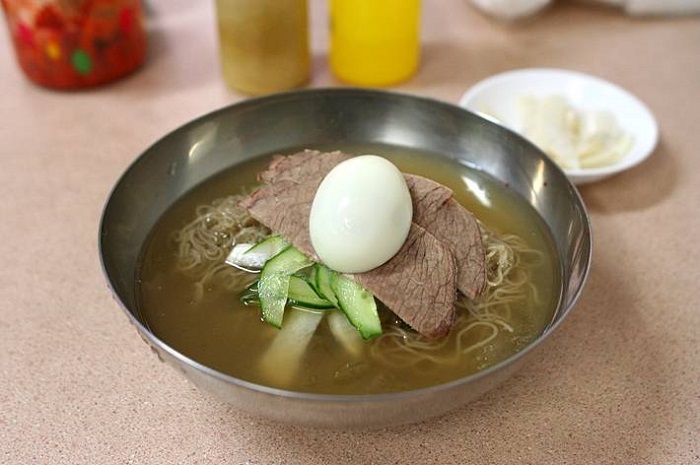
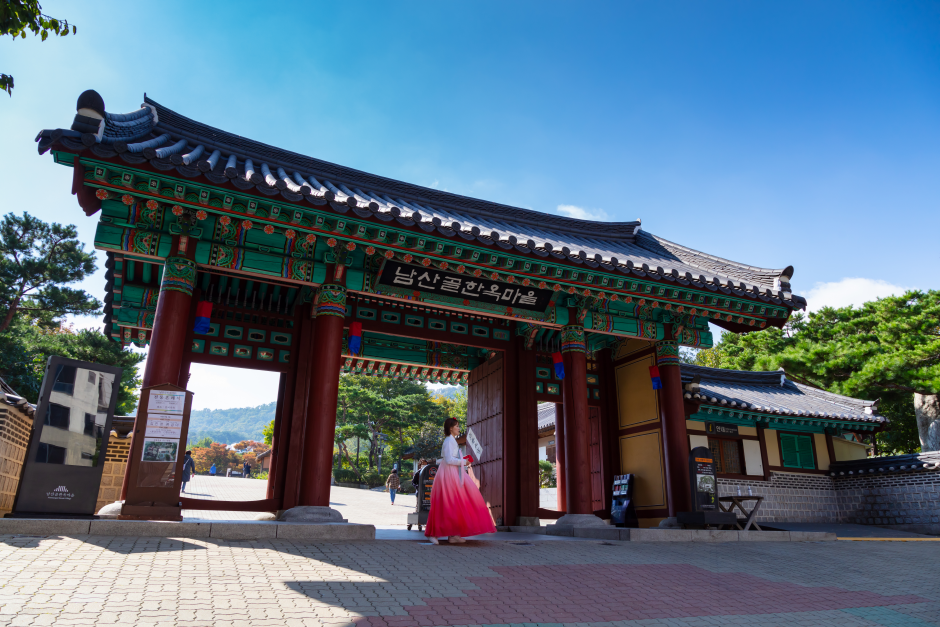
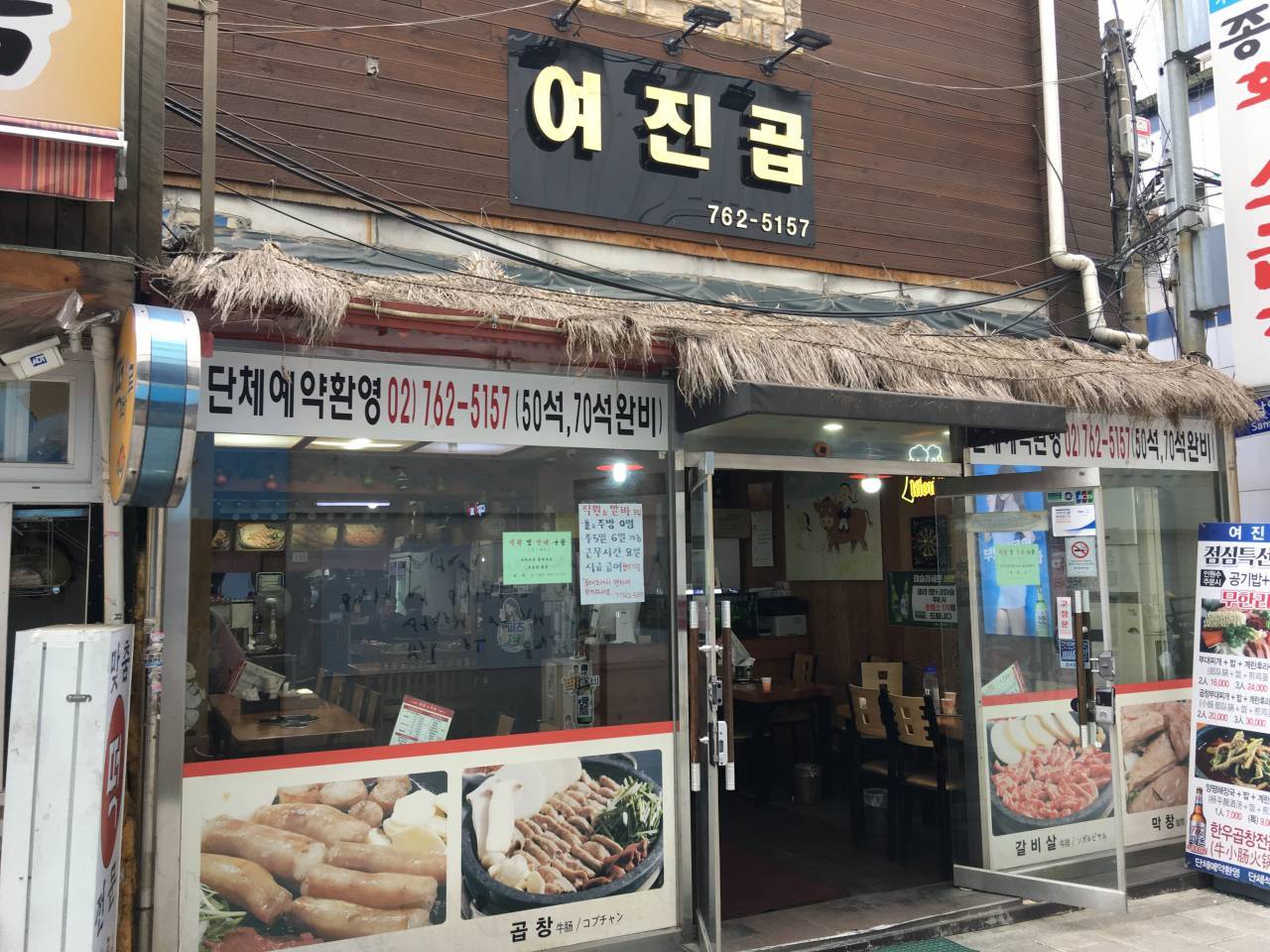
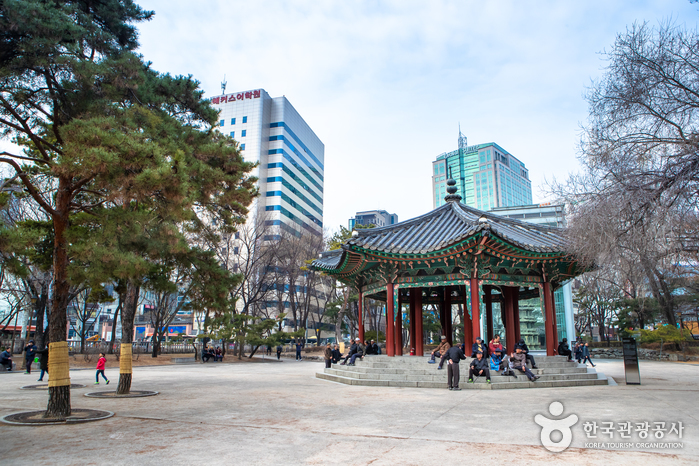
 English
English
 한국어
한국어 日本語
日本語 中文(简体)
中文(简体) Deutsch
Deutsch Français
Français Español
Español Русский
Русский